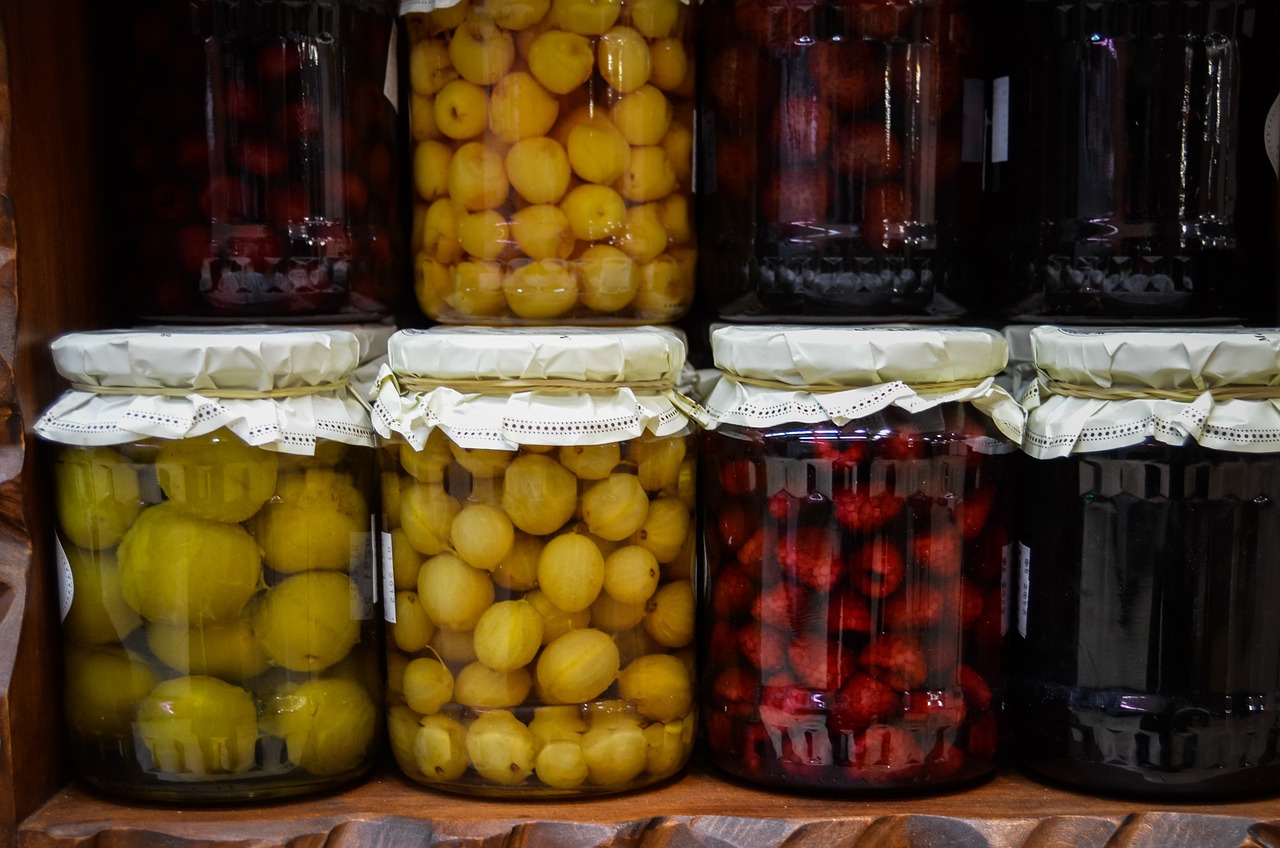Canning is both a wonderful way to preserve excess produce in season and an amazing method of controlling what goes into your family’s food. However, as you delve into the world of canning, so many different terms, equipment, methods and directions can be very confusing. But once you’ve tried your hand in the art of canning, I’m willing to bet you’ll be hooked!
About five years ago, my sister called up with some exciting news! The tree outside of her home was full of beautiful ripe pie cherries. But now I was faced with a big problem. How could I keep them from spoiling before I could use them? I started looking into canning.
Canning is quite a simple idea — bring the food up to a temperature where the bacteria present in the food is killed while simultaneously sealing the food away from air and any other bacteria. Since air and bacteria are the two enemies of food, these items can be stored for a much greater amount of time! It is truly incredible how long food can be preserved in this way while maintaining superb flavor and texture.
In order to kill bacteria in food, the temperature must be brought up to a level according to the chemical makeup of the food. That sounds a lot more complex than it actually is! Some foods contain a level of acidity that helps out by killing bacteria at a lower temperature than foods not containing as much acid. If your food is more acidic, it makes the canning process much easier and can be done with a technique known as a water bath.
Most fruits and tomatoes usually contain adequate amounts of acid to kill bacteria at a temperature of 212 degrees. Since the boiling point of water is also 212 degrees, a water bath canner is enough to preserve these items. However, other foods such as vegetables, beans and meats must be brought up to a higher temperature to kill the bacteria present. In order to get the temperature up high enough, pressure must be utilized. This requires the use of a pressure canner.
Regardless of the method of canning used, whether water bath canning or pressure canning; this is an amazing method of food preservation. When you can open up a can of homemade jam, jelly or salsa in the middle of winter, a small piece of summer comes rushing back to you. Not only do you know exactly what went into this food, but you have power of knowing that when your sister calls with a huge amount of free food for the taking, you will know exactly how to take care of every last bit.
Canning can seem like quite a bit of work at first, and it is! But once you’ve gotten the hang of it, a few hours on a Saturday afternoon can provide countless meals of delicious food for months to come! There is nothing quite as satisfying as breaking the seal on some incredible produce that you harvested months earlier!
The Author:
Jessica has been living the homesteading lifestyle with her family for many years — more of her writing and a fantastic forum can be found at Our Happy Homestead.
